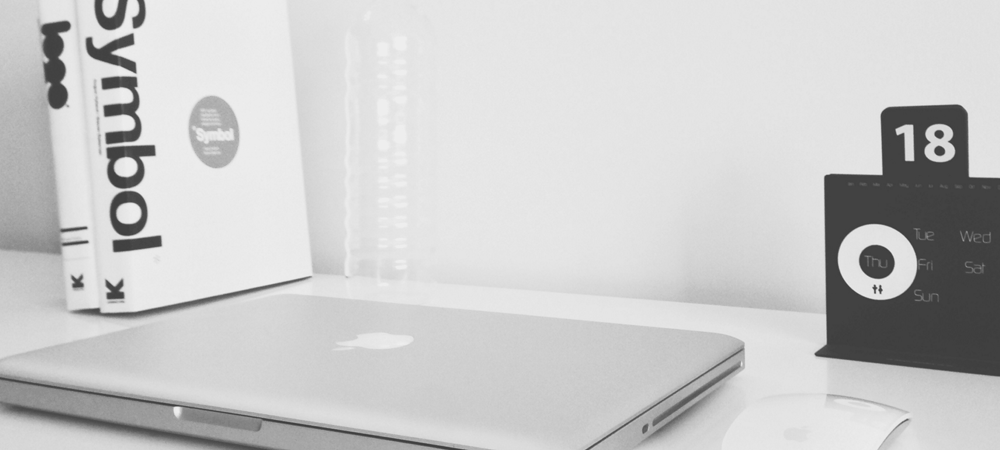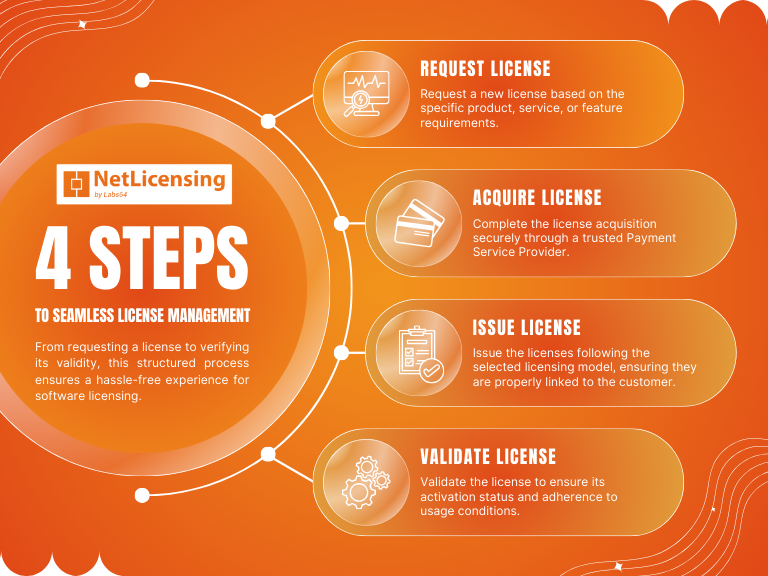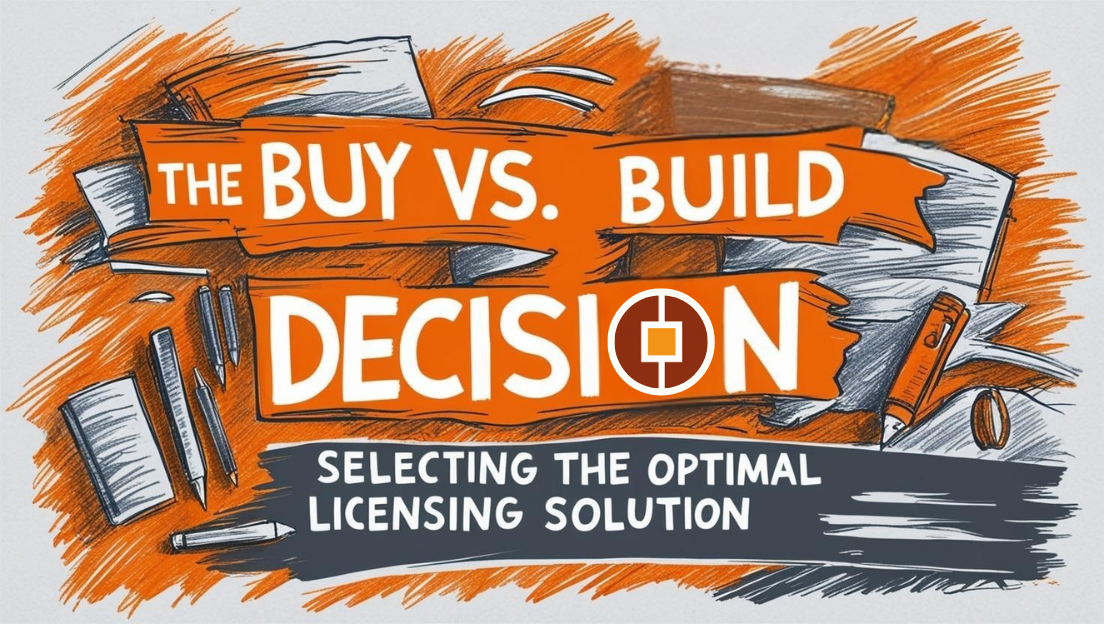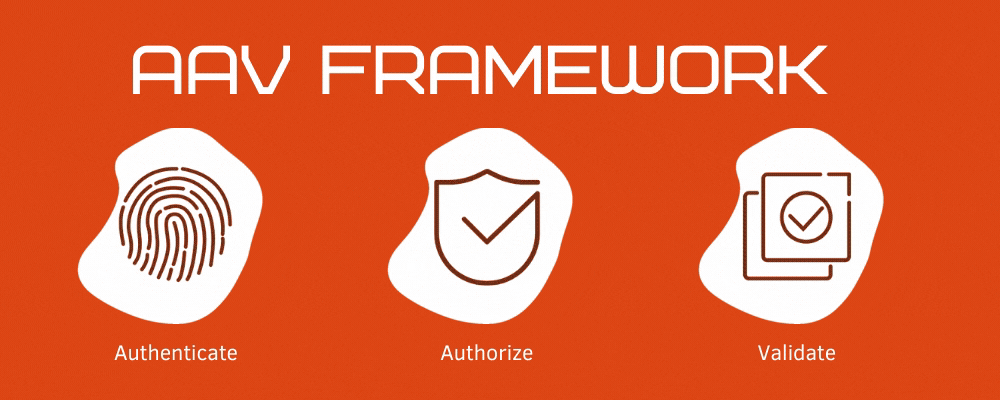Software Licensing Metrics – Physical Machine

In this series of articles on software licensing metrics we have so far covered a range of different metric types which measure the process or task carried out by the software in a variety of ways. In these two final articles in the series, we will be looking at Physical Machine and Machine Compute Capacity as metrics.
The crucial difference between them is that one measures use, the other performance potential. The Physical Machine metric is used for software which is installed on a single physical machine and the metric measures the use which that machine has and calculates the licensing cost accordingly.
The real-world application of this metric type is limited to small business operations or to a very specific role within a medium to large context. The reason for this is because the physical machine upon which the software is run will be used almost exclusively for the purposes of carrying out the designated task that the software has been designed for.
From the perspective of a customer, particularly those who are operating a small business operation, this metric can be very appealing. It means that they do not have to purchase an outright license for an expensive piece of software which they would otherwise be unable to afford, instead it enables them to keep their costs low without missing out on using some premium grade software. As with many of the metrics which we have covered, they are often targeted towards enabling the user to manage their computing and license costs which can easily spiral out of control if not kept in check.
If you are a vendor, then you may wonder how this can benefit you, especially if it gives your customers a way to avoid paying hefty license fees. As ever with licensing metrics; what it comes down to is how effectively you structure the metric charging system so as to best benefit you (i.e. make you the most money!) without alienating smaller clients. Although it may take some fine-tuning, it is theoretically possible to create a Physical Machine metric which means that beyond a certain usage level, it becomes more economically sound for your customers to purchase the license outright.
In theory, a properly calculated metric makes the software available to the largest number of potential customers; with a pricing structure that works for every one of them.
Image Credits: © Nadir Balcikli - unsplash.com





